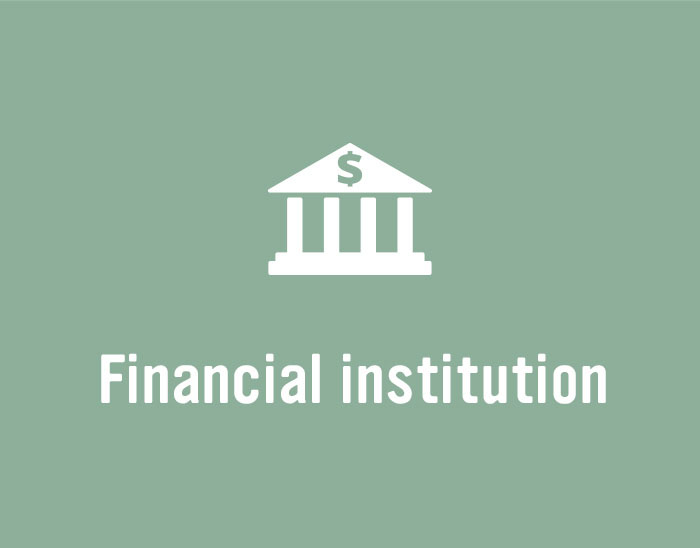
News

The Australian primary market managed a handful of deals in the last week of July. National Australia Bank’s dual-tranche tier-two was the highlight while La Trobe Financial priced a A$750 million (US$522 million) residential mortgage-backed securities. Rentenbank, KfW Bankengruppe and Rabobank Australia Branch also tapped existing lines.

The US private placement market, known for its reliable liquidity even in periods of volatility, did more than stay open throughout COVID-19. Record volume printed in 2021 even as a normally reliable issuance source, Australasian corporate borrowers, leaned more on domestic funding options. Australian and New Zealand issuers are now drifting back toward USPP issuance.

Corporate borrowers have leaned on bank loans in 2022, as volatility and rising cost of funds in fixed income markets have made public bond issuance less attractive. The situation will not last indefinitely, however – indeed, corporate issuers may be forced back into funding markets in H2.

Australia’s largest sovereign and semi-government issuers say their funding tasks remain manageable despite difficult market conditions. Participants at the third annual KangaNews-Westpac Institutional Bank Australian high-grade roundtable discussed key issues including changing demand patterns and how different formats, such as floating-rate notes and sustainability issuance, can be used to weather higher volatility.

The pace of sustainable finance development is accelerating. Recent years have seen a surge in projects and purposes that focus on all environmental, sustainable and governance aspects and use a variety of formats and products. Derivatives play an important role in markets, but their use in sustainability has been a later addition, according to Melbourne-based King & Wood Mallesons partner, Anne-Marie Neagle, and lawyers Ryan Iskandar and Nelson Phan.

The Australian retail share market is deep and liquid. So why is the retail bond market fledgling at best? Why can retail investors take ownership of parts of Australian companies with ease, yet they can barely access less risky debt investments in the same companies? Ian Paterson and Jo Dodd, partners at King & Wood Mallesons in Sydney, discuss the inconsistency behind Australia’s retail bond market.

Australian banks turned defensive in Q2, printing a flurry of covered bonds as market volatility continued to dominate funding conversations. Issuers say liquidity is still readily available but tenor has shortened.

New Zealand social housing agency Kāinga Ora – Homes and Communities is weathering a perfect storm, its Wellington-based treasurer Jason Bligh tells KangaNews, as the pandemic and inflation frustrate delivery of more than 10,000 new homes by 2024. Global appetite for sustainable debt is supporting its bond issuance, though.

Western Australia came through the pandemic in prime financial health, buoyed by largely positive health outcomes and surging prices in key commodities. The state’s Perth-based premier and treasurer, Mark McGowan, discusses priorities and goals.

Superannuation funds are reassessing allocations to fixed income as rising interest rates push yield higher. While the asset class looks more attractive than it did just a few months ago, funds say it could still be a while before they meaningfully re-weight to bonds. Meanwhile, higher-yielding income asset classes may have chiselled out a permanent place in portfolios.

Victoria’s latest state budget outlined a significant improvement in forecast state finances following the troubled environment of the pandemic. The state’s Melbourne-based treasurer, Tim Pallas, shares his view on the outlook.

